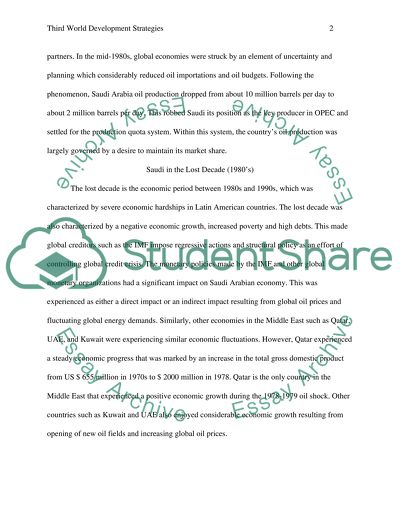Cite this document
(“Third World Development Strategies Research Paper”, n.d.)
Third World Development Strategies Research Paper. Retrieved from https://studentshare.org/macro-microeconomics/1400338-history
Third World Development Strategies Research Paper. Retrieved from https://studentshare.org/macro-microeconomics/1400338-history
(Third World Development Strategies Research Paper)
Third World Development Strategies Research Paper. https://studentshare.org/macro-microeconomics/1400338-history.
Third World Development Strategies Research Paper. https://studentshare.org/macro-microeconomics/1400338-history.
“Third World Development Strategies Research Paper”, n.d. https://studentshare.org/macro-microeconomics/1400338-history.


